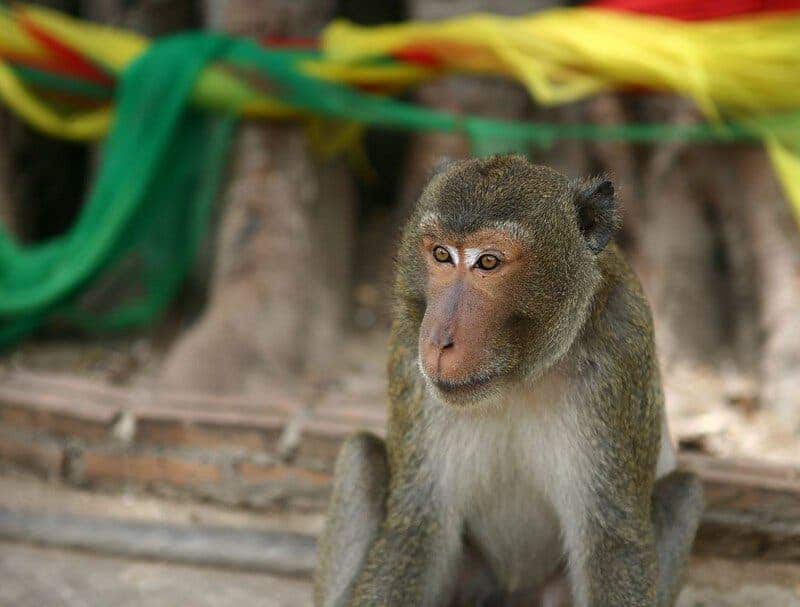A new study on macaques at Thailand’s Ao Phang Nga National Park is helping us understand how early humans developed the use of stone tools.

Macaques tend to rely pretty heavily on stone tools, especially percussive (striking) tools, during their daily forage for food. This allows them access to more varied food sources — shellfish, in the case of the two groups of macaques that made the object of this study. The results indicate that while the environmental context definitely plays a part in tool use and development, cultural factors also matter.
Cracking oysters
“We observed differences among macaques on two different islands, in relation to tool selection and the degree of tool re-use when foraging for marine prey,” says co-author Dr. Tomos Proffitt from the University College London Institute of Archaeology.
The study assessed a total of 115 stone tools recovered from two islands (Boi Yai Island and Lobi Bay) located about 15 kilometers apart in southern Thailand, and are both part of the national park. Each island houses a population of wild long-tailed macaques, provides virtually the same tool-making resources (primarily limestone), and harbor the same prey species.
In such a context, the team expected both populations to develop similar, if not identical, tools. However, they found that the macaques on Boi Yai Island select heavier tools than their counterparts on Lobi Bay, while the latter’s tools show signs of repeated use on several species of prey.
Stone tools used to crack open oysters on Boi Yai tend to be larger than those used on Lobi Bay. While the team notes that oysters on Boi Yai Island are, in general, larger than those Lobi Bay, they believe that this is a learned rather than practical behavior.
“The theory is that if the environmental factors are the same—the only reasonable conclusion is that one island has developed its own tool using culture either through genetics or through passing down through a learning mechanism. While the other group exhibits a tool use culture which is more ephemeral and ad hoc,” says Dr. Proffitt.
Seeing how other primates develop and use tools today can help inform us about how our ancestors went about the same process. Lead author, Dr. Lydia Luncz (Institute of Cognitive and Evolutionary Anthropology, University of Oxford), said:
“That we find a potential cultural behavior in macaques is not surprising to us. The interesting part is that the same foraging behavior creates distinct tool evidence in the environment. This might be useful to keep in mind when we look at the archaeological record of human ancestors as well”.
The paper “Group-specific archaeological signatures of stone tool use in wild macaques” has been published in the journal eLife.









